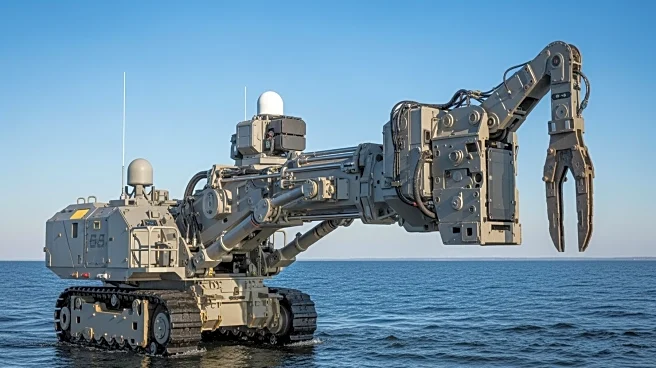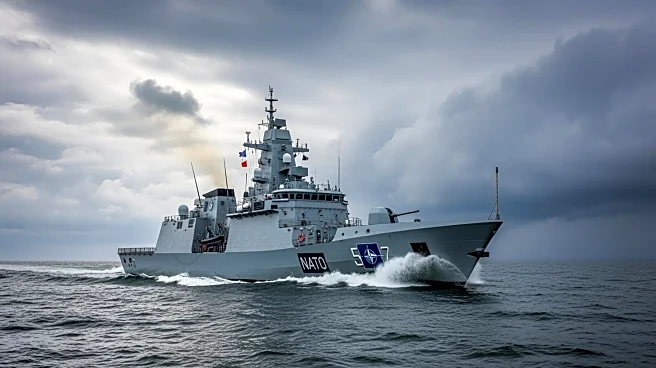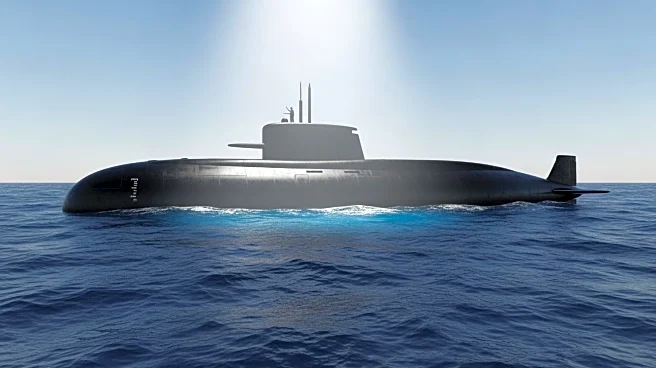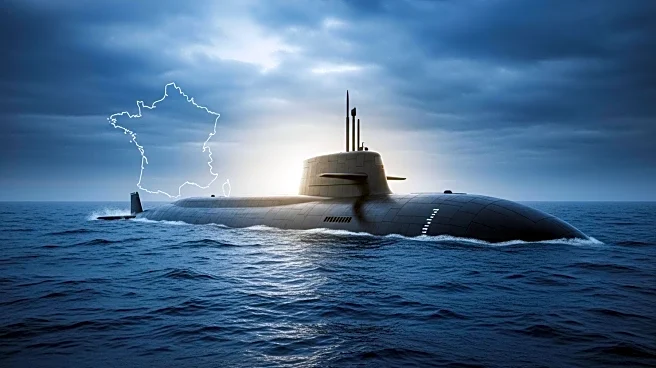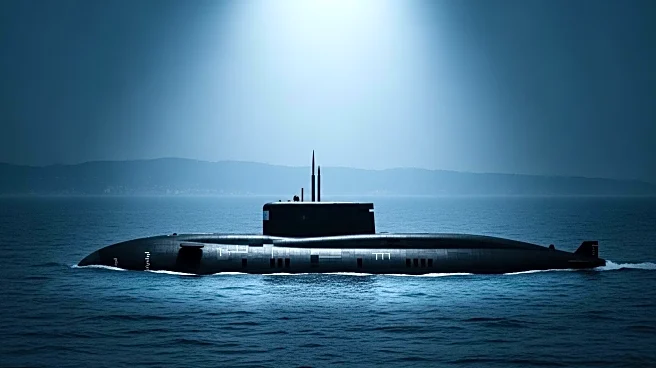What's Happening?
NATO Maritime Command has reported success in its enhanced patrols in the Baltic Sea, aimed at preventing subsea sabotage incidents linked to Russia's 'shadow fleet' tankers. These operations were intensified
following suspicious damage to subsea cables, believed to be caused by malicious anchor-dragging. NATO forces have closely monitored these tankers, deterring potential sabotage activities. The U.S. Navy destroyer USS Bulkeley has joined the mission, equipped with Aegis radar to detect drone threats. This marks the first deployment of a surface combatant in the Baltic Sentry mission.
Why It's Important?
The success of NATO's anti-sabotage mission in the Baltic is crucial for maintaining regional security and protecting critical infrastructure. By deterring potential sabotage, NATO helps ensure the stability of communication and energy networks vital to European economies. The increased military presence also serves as a strategic countermeasure against Russian aggression, reinforcing NATO's commitment to collective defense. This operation highlights the importance of international cooperation in addressing security threats and safeguarding geopolitical interests.
What's Next?
NATO plans to further increase its presence in the Baltic, deploying new surveillance systems and additional air defense frigates. Continued vigilance and strategic planning will be essential to counter potential threats from Russia's shadow fleet. The international community will watch for any escalation in tensions, which could impact diplomatic relations and regional stability. NATO's ongoing efforts will likely influence future defense strategies and collaborations among member countries.
